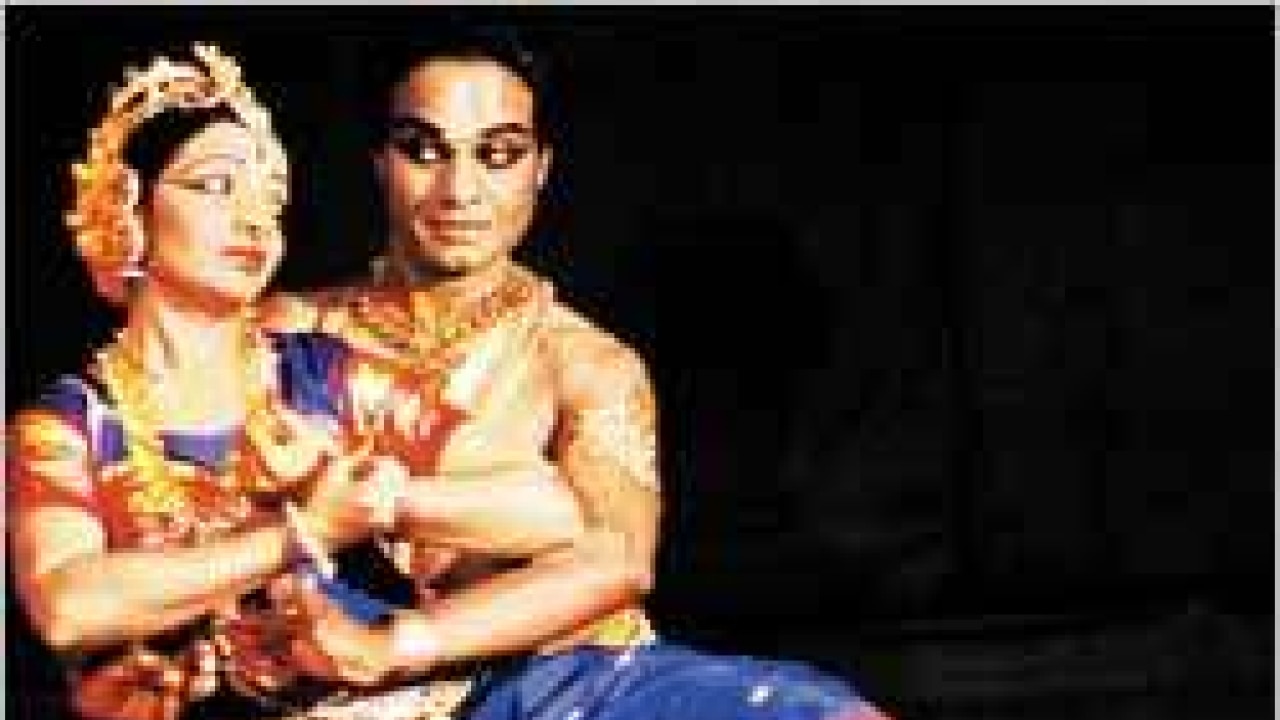
During the Swami Haridas Sammelan, Shivangi Ambani explores how traditional Indian male dancers rise above the demands of femininity.
“Birju Maharaj’s Kathak has a very masculine grace. When he portrays Radha, he doesn’t become a female dancer,” says Kathak dancer Bireshwar Gautam. Birju Maharaj will conclude the ongoing 50th Swami Haridas Sammelan of Indian classical dance and music on December 31.
“Many festival organisers prefer women dancers who look beautiful on stage,” Gautam complains. In 2000, he organised a Purusha dance festival for male dancers that ran for three years.
“Male dancers are part of our tradition. Female dancers like Urvashi, Rambha and Menaka were temptresses —dhyaan bhang karne naachti thi (they danced to distract men).”
He adds that male dancers are more passionate because they have to fight society to take up dancing. “A man will become a dancer only if it is a strong urge. Mothers may force their daughters to learn dancing, not their sons.”
Today dance is a largely feminine activity, but Indian tradition has given great importance to male dancers. “The origins of dance can be traced to Nataraja’s tandava, a majestic dance, and Parvati’s lasya, a more lyrical dance,” says Kuchipudi dancer Raja Reddy, part of the Raja-Radha Reddy duo.
Bharat Natyam dancer Deepak Majumdar adds, “Bharat Muni, who wrote the Natyashastra, is male. In epics like the Mahabharata, even Arjun had to learn dancing. There is nothing effeminate about dance. Its parallels can be seen in nature—the peacock’s mating dance or the lion’s graceful stance.”
Male dancers today are often regarded with scepticism, and considered effeminate. “Many years ago, a man once winked at me. I was so hurt, I wanted to give up dancing and decided to join a gym to become more muscular,” Gautam confesses.
Birju Maharaj says that very often his students psychologically feel the need to imitate women because of society’s perception of dance.
“Some want to keep long hair. Others try to adopt a woman’s gait. A male dancer only plays a female role on stage—there is no need to follow it off-stage,” he says.
As for Bharat Natyam, it largely a female-dominated dance form, and most of its gurus are women. Says Majumdar, “Kanak Rele (the dancer-choreographer) told me not to dance like a woman, but like a man, with great vigour. However, dance sees no gender. Indian dance is about bhakti (devotion). When we dance, we leave the body and the atma (soul) has no gender.”
All too often, male dancers are asked to imitate their female counterparts in appearance. “Many traditional gurus have refused me as a dance student,” reminisces Reddy.
“They wanted students with a fair complexion, but I am jet black. I don’t have a sharp nose, beautiful eyes or a patli kamar (svelte waist),” he adds.
“For a long time, I used to use heavy make-up to cover my dark skin. Then in 1974, I went to see a classical ballet in London, where the dancers wore no make-up. A dance critic there told me, ‘Raja, don’t wear make-up. The expressions on your face are seen better without it’.
” When I performed in the Queen Elizabeth Hall, they call me the ‘Black Shiva’.”
Birju Maharaj reminisces about his own father, Achchan Maharaj. He says, “He had a large belly. Lekin abhinaya ke samay, woh gunn ka aanchal odh lete the (But during a performance, he would cover himself with the veil of aptitude).”
50th Swami Haridas Sammelan, ongoing till Dec 31, Bhavan’s Cultural Centre, Andheri, daily 6.30pm. Tel 30938017.
shivangi.ambani@gmail.com